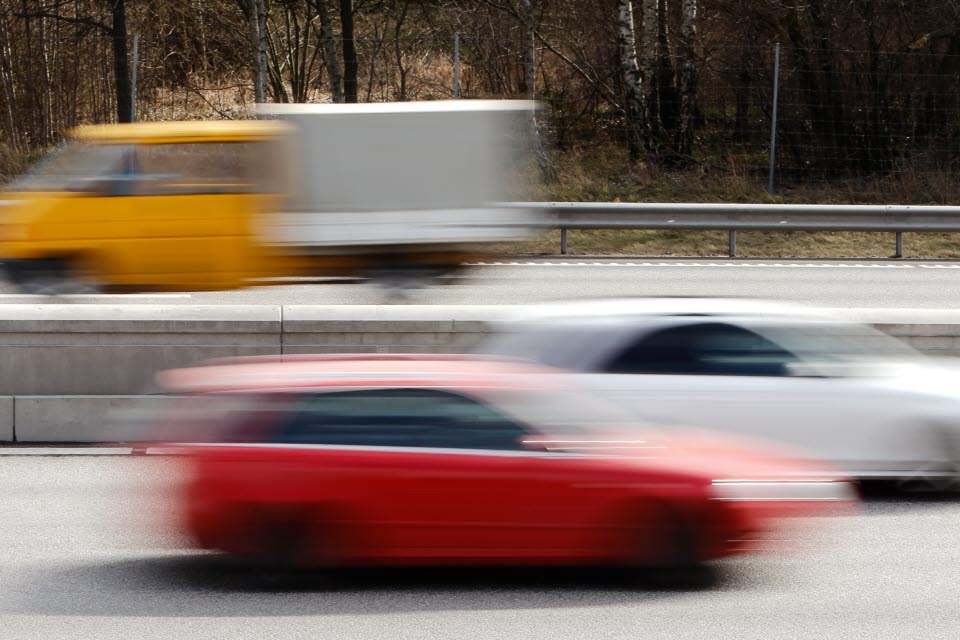Speed limited by geofencing can save lives

With geofencing, you can digitally limit the movement of vehicles connected to the system inside a geographic area under specific circumstances. There are many indications that it is possible to improve road safety by using geofencing to control speed. This is shown in a recently finished research and development project in which many different research competencies have participated.
“Geofencing used to limit speeds in traffic can prevent fatalities and serious injuries. This can be particularly useful in places where physical barriers are inappropriate, such as around hospitals, certain schools, and other areas,” says project manager Sara Nygårdhs at VTI.
The project is divided into a literature study, trials on a test track and a microscopic traffic simulation-based study. In addition to road safety, the project has also focused on the effects on health and the environment. The literature study showed that there is still a lack of knowledge about the effects of geofencing, in particular with regard to speed.
The trial on the test track was carried out in different situations where a car was being driven with and without speed-limiting geofencing. The vehicle should never exceed the speed limit, but the tests without geofencing included two different driving styles, one that the researchers defined as average and one as more aggressive. The traffic environment would resemble two real areas: a country road outside a school, and a road in an urban area, past a hospital.
The test track findings demonstrate that geofencing has a definite effect in reducing the risk of fatalities and serious injuries, especially to pedestrians and cyclists, but also to people inside the vehicle. The size of the effect depends on how high the speed is.
The traffic simulation study focused on the hospital scenario where the simulation considered the composition of the vehicle fleet and interactions between vehicles, both with and without geofencing.
“We studied the effects that geofenced speed could have on an entire fleet of different types of vehicles, provided that a certain proportion of the vehicles are geofenced. To improve compliance with the speed limit, a fairly large percentage of vehicles must have geofencing.”
The geofencing trials on the test track also showed reduced exhaust emissions and noise from passing vehicles. According to the traffic simulation, however, the effect on emissions was almost completely absent.
The Swedish Transport Administration has been the financier of the project with a budget of SEK 3.77 million. Many different research competencies within VTI have been involved in the project. The company Viscando as well as Chalmers University of Technology have participated by providing measurements. The test track AstaZero used by VTI is located in Sandhult outside Gothenburg. In the next phase, researchers want to go further by testing geofencing on a larger scale under more realistic conditions.
Text: Gunilla Rech
Translation: CBG
Don´t miss out on our news – subscribe now!
Stay informed with the latest research and news from VTI. Sign up for newsletters, sent by e-mail four times a year.
